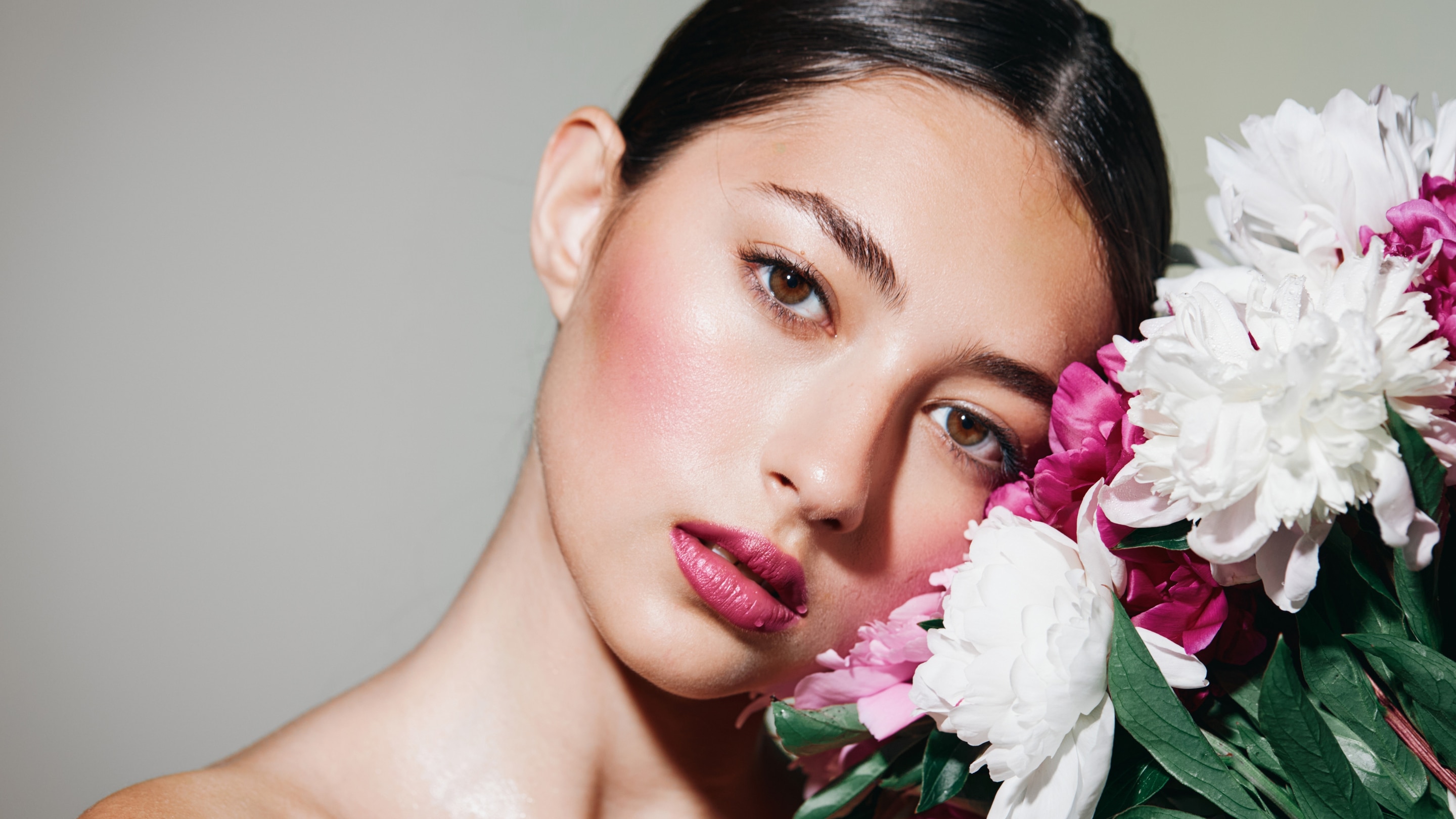Blush is often the unsung hero of a make-up routine. A well-placed sweep of colour can instantly lift and brighten the face, giving you a refreshed, youthful, and healthy glow. However, achieving that natural, lit-from-within look isn't just about the colour; it's crucially about choosing the right type of blush and formula for your unique skin type. Get it wrong, and you risk a patchy finish or colour that vanishes by lunchtime. Get it right, and you unlock your make-up's full potential.
01What Is Blush and Why It Matters
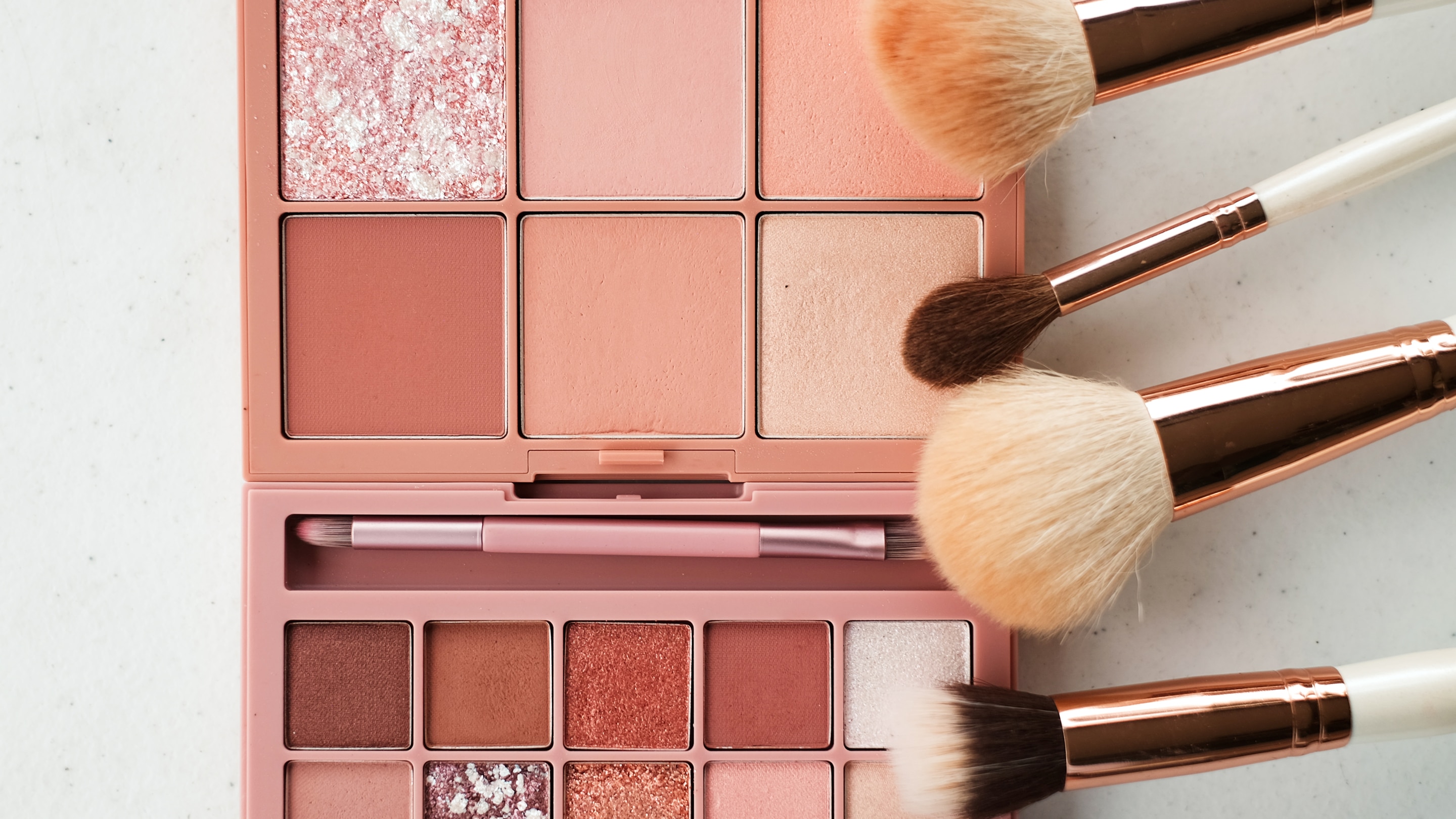
At its core, blush adds warmth, structure, and dimension back to your face after foundation evens out your skin tone. It mimics a natural flush, drawing attention to the high points of your cheeks.
The importance of the formula cannot be overstated. The different types of blush available today offer varying textures, which directly influence the finish (matte, dewy, satin) and the wear time. A formula chosen to complement your skin's natural oiliness or dryness will blend seamlessly, look more natural, and last significantly longer.
02The Different Types of Blush
Understanding the four major types of blush is the first step to finding your perfect match.
Powder Blush
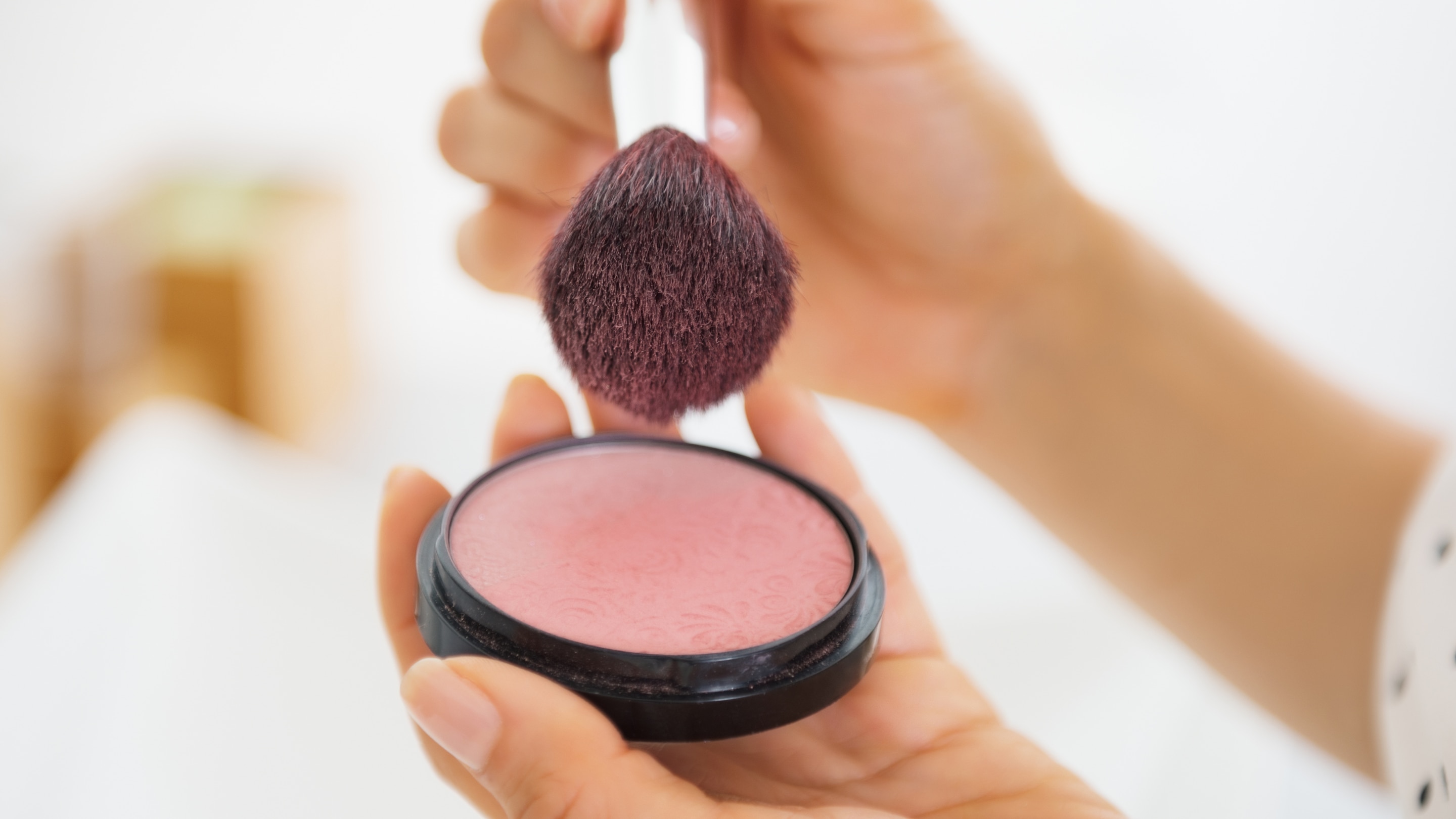
Best for: Oily skin or those who prefer a matte finish. This is the most traditional type. Powder blush is typically pressed and highly pigmented.
- Texture and Finish: Dry, finely milled powder. Finishes range from matte to satin or slightly shimmery. They excel at absorbing excess oil and setting make-up.
- How to Apply: Use a fluffy brush (natural or synthetic). Tap off the excess, and apply it in light layers. It's the easiest to build up and blend seamlessly over powder foundation or setting powder.
Liquid Blush
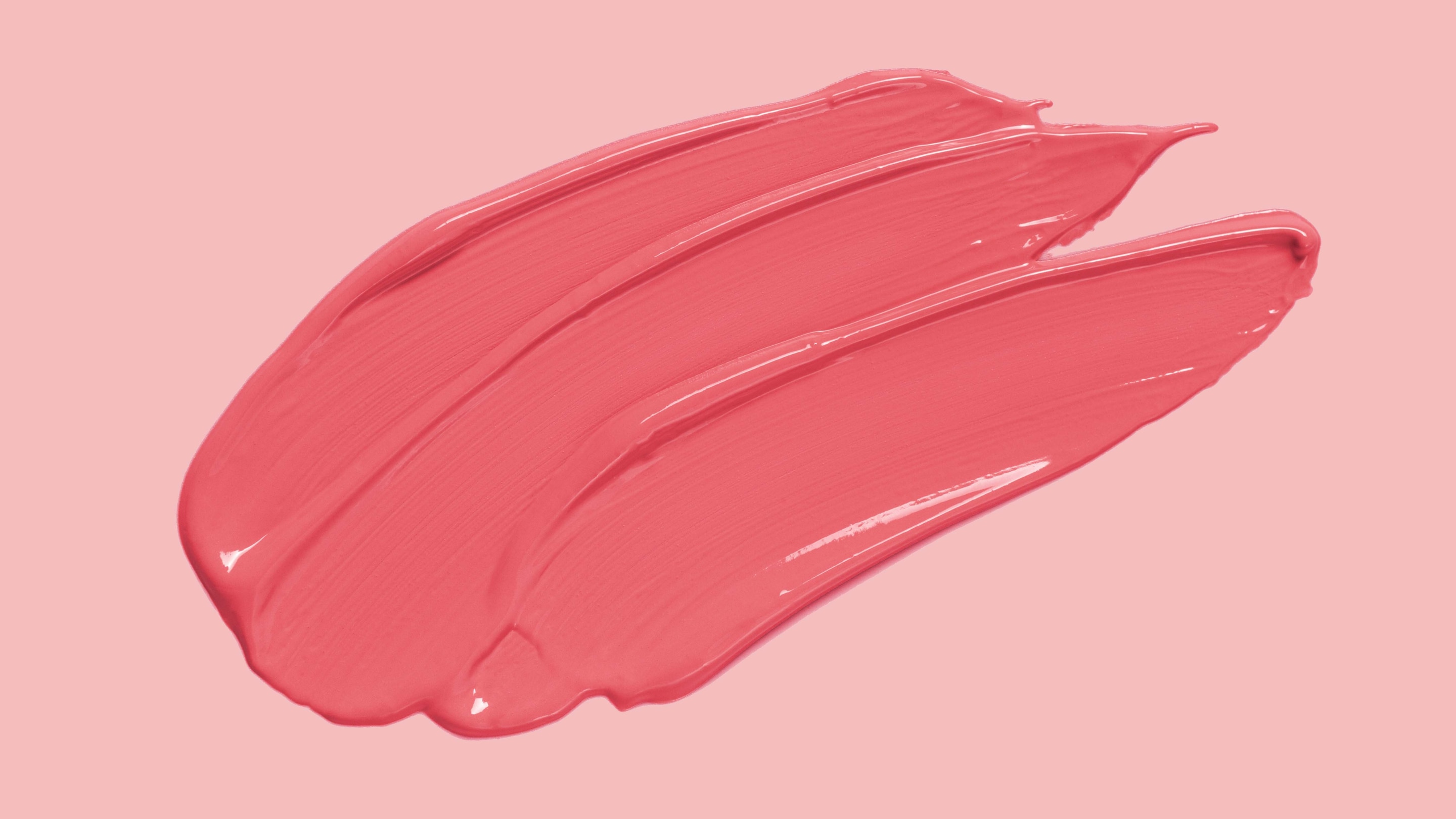
Best for: All skin types, particularly dry or mature skin. Liquid blush is highly concentrated and often comes in a bottle with a doe-foot applicator or a pump. A tiny amount goes a very long way.
- Texture and Finish: Thin, runny, and often water or silicone-based. They usually dry down to a beautiful, natural, glowing finish—often described as a 'stained' look.
- How to Apply: Dot 1-2 tiny spots onto the cheek. Blend immediately with fingertips, a damp sponge, or a dense synthetic brush, as they set fast.
Cream Blush

Best for: Dry, normal, and mature skin. Cream blush is the ideal choice for a dewy, youthful look. It's forgiving and easy to blend.
- Texture and Finish: Thicker, balmy, or mousse-like. It provides a natural-looking, luminous or dewy finish that melts into the skin rather than sitting on top.
- How to Apply: Warmed up on the fingers, tapped onto the cheeks, and blended with a sponge or brush. It's best applied directly over foundation before setting powder.
Blush Stick
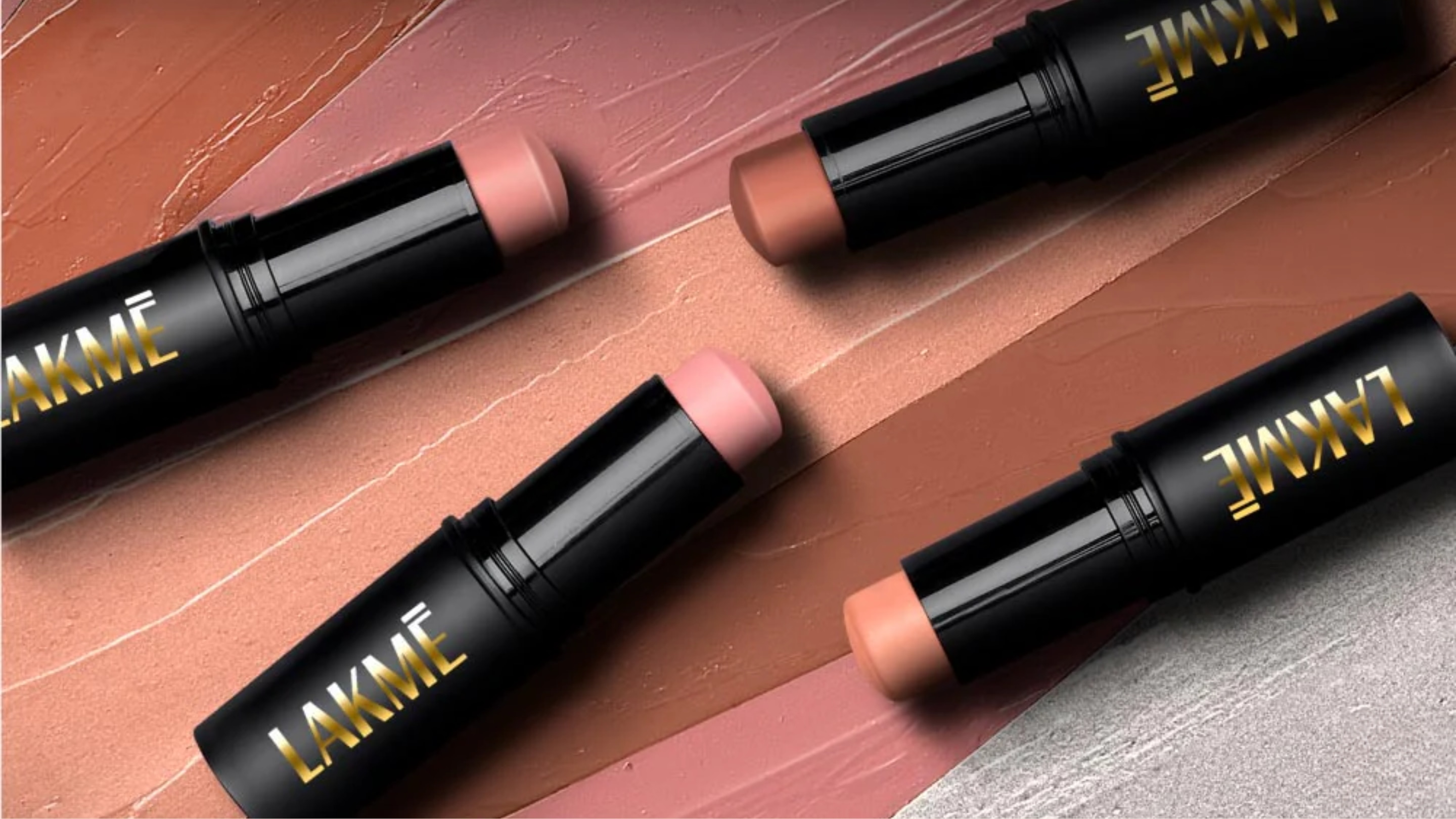
Best for: All skin types, especially those who love convenience and portability. A blush stick is a versatile format, combining the ease of application with a creamy formula. The Lakmē Facelift MultiSlayer Blush Stick, for example, is a stellar option that provides smooth application and excellent blendability.
- Texture and Finish: Solid cream or gel housed in a twist-up tube. The finish is typically a natural, satin, or slightly dewy glow.
- How to Apply: Swipe the stick directly onto the cheeks (no tools needed!) and then blend out the edges with fingers or a brush. This is arguably what type of blush is suitable for all skin types for quick touch-ups.
03How to Choose the Right Blush for Your Skin Type
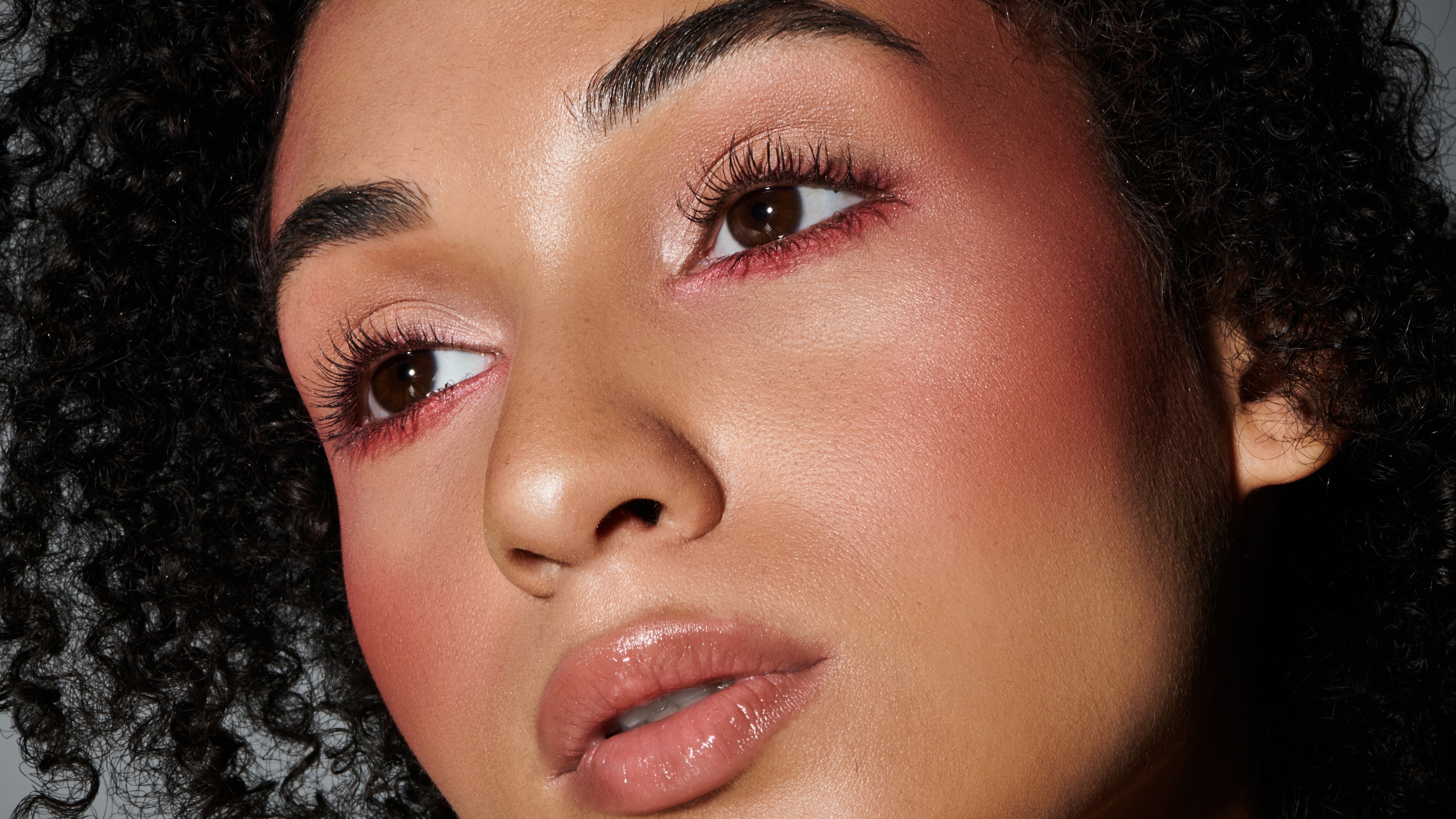
Matching the blush's texture to your skin's condition is the secret to a flawless application.
| Skin Type | Best Blush Type/Texture | Ideal Finish | Expert Tips |
|---|---|---|---|
| Oily | Powder blush (or matte stick/cream) | Matte or Satin | Powder absorbs oil; apply a light layer over set foundation to prevent patchiness. |
| Dry | Liquid blush or Cream blush | Dewy or Luminous | Avoid powders, which can look cakey. Apply over a hydrated base to enhance the glow. |
| Normal/Combination | All types work well! | Satin or Natural | Experiment! Use liquid/cream on days you want extra luminosity, and powder for longevity. |
| Mature | Cream blush or Liquid blush | Luminous or Dewy | Avoid shimmery powders as they can highlight fine lines. Cream formulas look most natural and plumping. |
04How to Choose the Right Blush for Your Skin Tone

Once you have the right formula, you need the right shade. The best blush should mimic your natural flush.
- Fair Skin Tones: Look for soft pinks, peaches, or light rose shades. These subtle colours add warmth without looking harsh.
- Medium Skin Tones: Rose, warm coral, or mauve shades are incredibly flattering. These colours have enough depth to show up beautifully.
- Deep Skin Tones: Opt for rich, vibrant shades like deep berry, terracotta, cranberry, or bright coral. Highly pigmented formulas (like liquid or cream) ensure the colour truly pops.
05How to Apply Blush for a Natural Glow
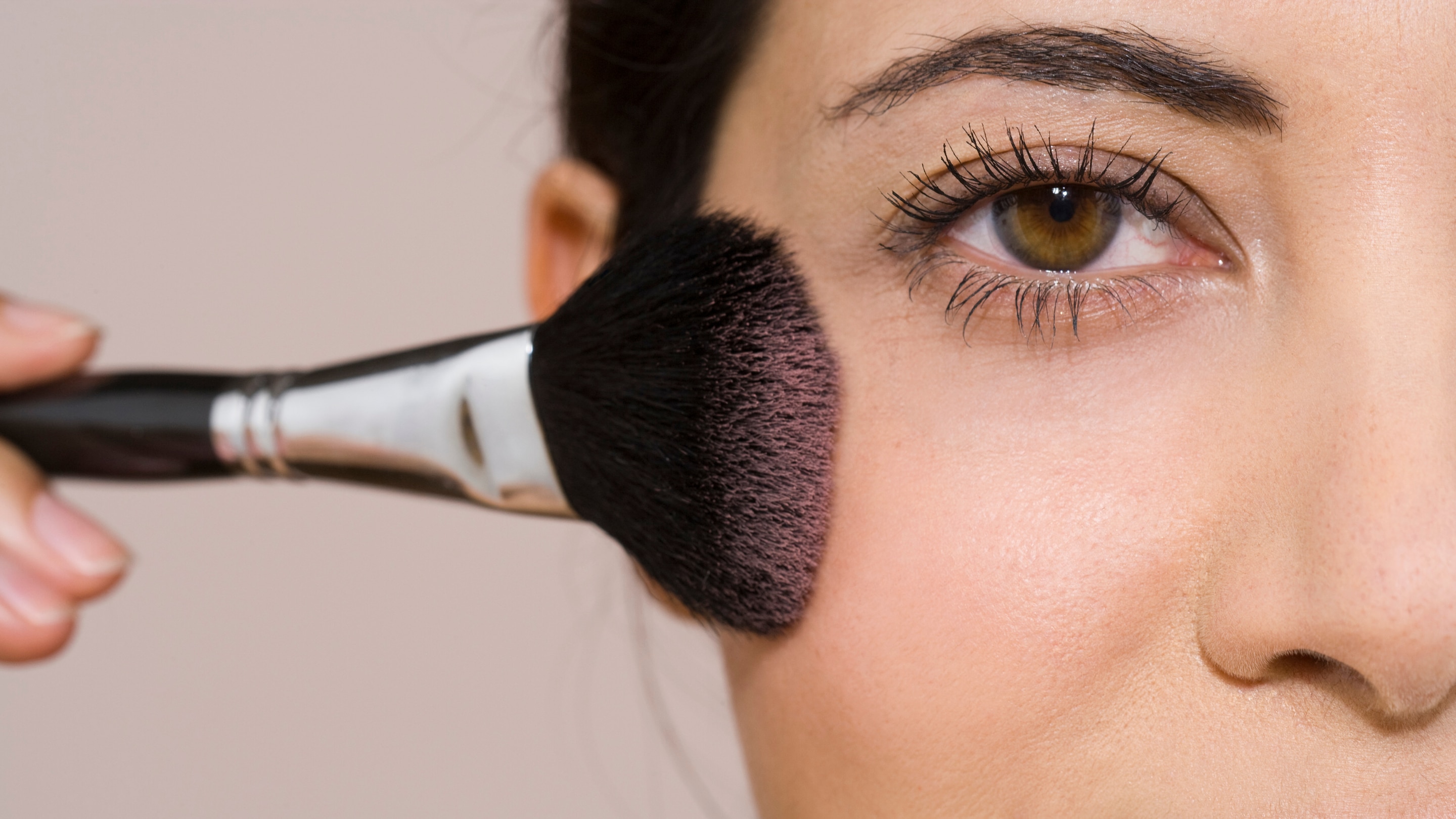
Applying blush correctly can sculpt your face and enhance your features.
- Identify the Spot: Smile slightly. The "apple" of your cheek is the roundest part.
- Placement for Lift: To create a lifted look, apply the colour starting from the top of the apple and sweeping upwards along the cheekbone, towards the temple. Avoid dragging the colour below the line of your nose.
- Tool Choice: Use a fluffy brush for powder, a dense brush or sponge for cream/liquid, or just your fingertips for a liquid blush or stick.
- Blend, Blend, Blend: The most crucial step. Blend the edges into your foundation and bronzer/contour until there are no harsh lines. The blush should look like a natural flush originating from your skin.
06Pro Tips to Make Your Blush Last Longer
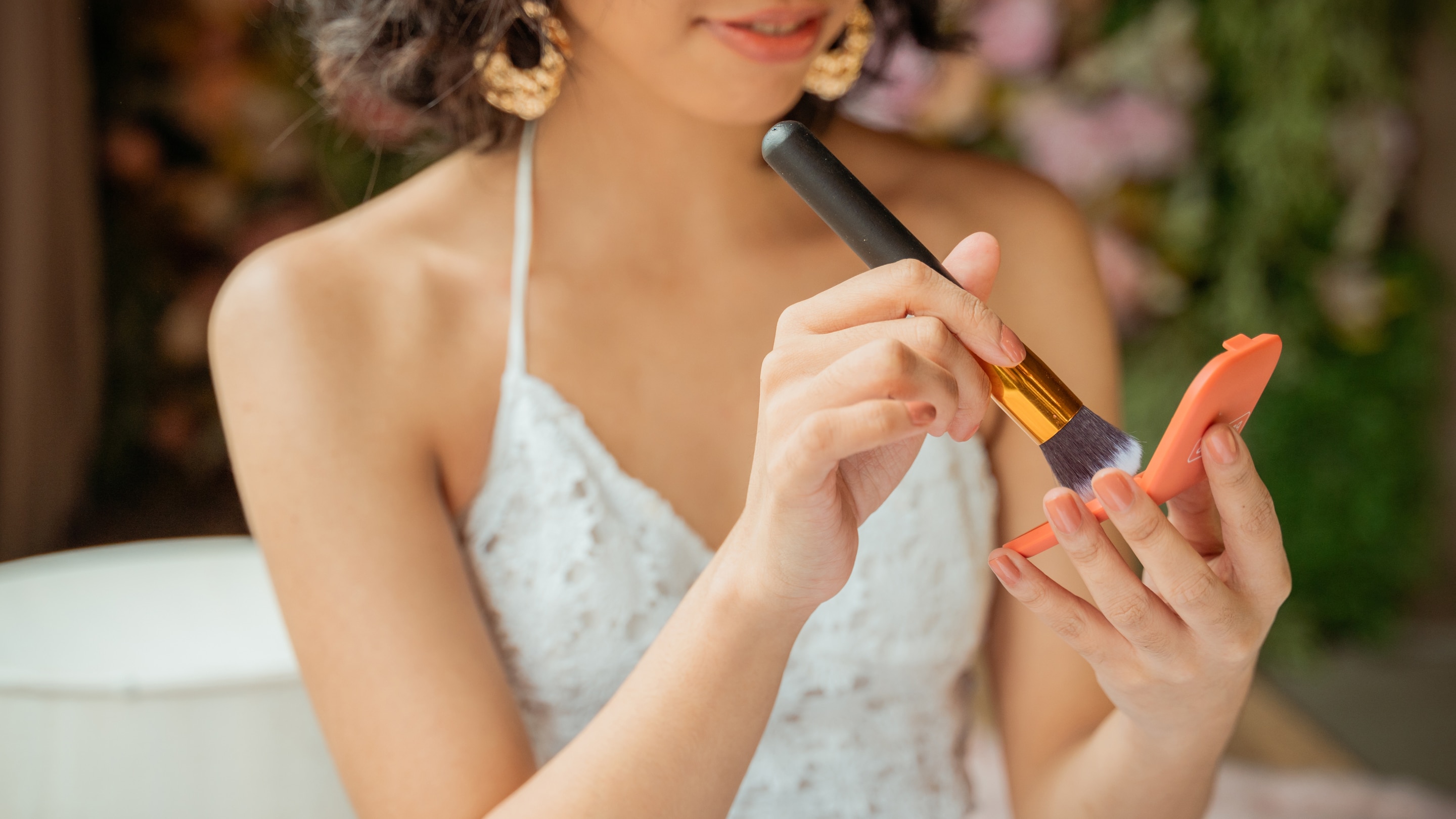
If your colour fades fast, these tricks will significantly boost its longevity:
- Layering Technique: This is the most effective method. Apply a cream blush first, then lightly set it with a matching powder blush on top.
- Prime Your Base: Ensure your skin is prepped with a good primer or a thin layer of foundation before application.
- The Setting Finish: After all make-up is complete, finish with a mist of setting spray. This 'melts' the powder layers together and locks the colour in place.
- Dab, Don't Drag: When using liquid blush or cream blush, use a tapping motion to blend. Dragging can disturb the foundation underneath, leading to patchy results.
07Conclusion
Finding the perfect blush is about more than just picking a pretty shade; it's a strategic choice between the different types of blush — be it a forgiving cream blush, an oil-absorbing powder blush, or a potent liquid blush — to ensure the formula works with your skin type. By matching texture and tone, you guarantee that beautiful, fresh, and flattering glow all day long.
08FAQs
Q: Can I use lip colour as blush?
A: Yes, many lipsticks and lip stains, especially cream-based ones, can be tapped onto the cheeks as a makeshift cream blush for a highly cohesive look. Always test a small area first to ensure it blends well.
Q: What type of blush is suitable for all skin types?
A: Blush stick formulas often offer the best compromise. Their creamy texture suits dry skin, and when lightly set with powder, they work perfectly on oily skin, making them incredibly versatile.
Q: My blush looks patchy or muddy over my foundation. What am I doing wrong?
A: This usually happens when you mix different bases improperly.
- Rule 1: Liquid on Liquid, Powder on Powder. If you use a liquid blush or cream blush, apply it directly onto your liquid foundation before you apply any setting powder. Blending a cream product over set, dry powder often results in mud or patchiness.
- Rule 2: Don't Rush. With highly pigmented formulas like liquid blush, work quickly and blend the edges immediately with a damp sponge or dense brush to ensure seamless results.

